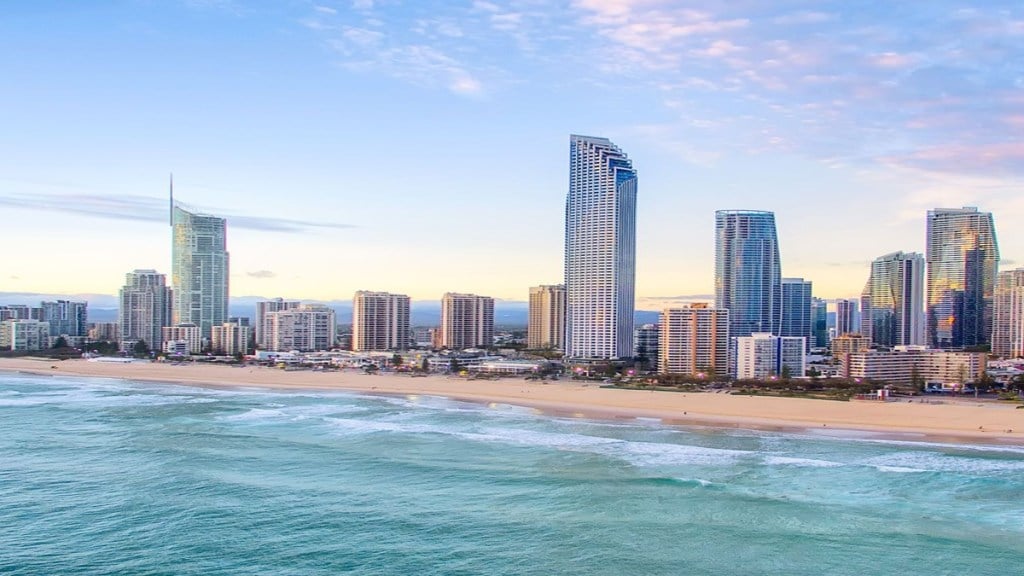Australia announced that it plans to restrict international student enrollment to 270,000 for 2025 to curb record migration and increase home rental prices.
The Australian Government has announced that it will set a National Planning Level (NPL) for new international student commencements of 270,000 for the calendar year 2025.
The NPL is divided between the higher education and vocational education and training (VET) sectors. This will bring the number of new international student commencements, across higher education and VET, back to pre-pandemic levels.
For publicly funded universities, it will result in around 145,000 new international student commencements in 2025, which is around 2023 levels.
For other universities and for non-university higher education providers, in aggregate, their new international student commencements in 2025 will be around 30,000.
For new VET commencements in 2025, the Albanese Government’s managed approach will see around 95,000 international students.
“There’s about 10% more international students in our universities today than before the pandemic, and about 50% more in our private vocational and training providers,” Education Minister Jason Clare told a press conference.
School students, higher degree by research students, students undertaking standalone English language courses (ELICOS), non-award students, Australian Government sponsored scholars, students that are part of an Australian transnational education arrangement or twinning arrangement, key partner foreign government scholarship holders, and students from the Pacific and Timor-Leste are excluded from the NPL.
“The Albanese Government’s proposed National Planning Level for international student commencements will apply a handbrake to Australia’s second biggest export industry,” said Professor David Lloyd, Vice-Chancellor and President, University of South Australia Chair in a statement.
International students accounted for more than half of Australia’s GDP growth last year, almost singlehandedly saving the nation from recession. The sector is our second biggest export behind mining, worth almost $50 billion to our economy and supporting around 250,000 jobs.
Under Ministerial Direction 107, visa grants in higher education are down 23 per cent on last year, causing a $4.3 billion hit to the economy and putting 14,000 jobs in our sector at risk.

